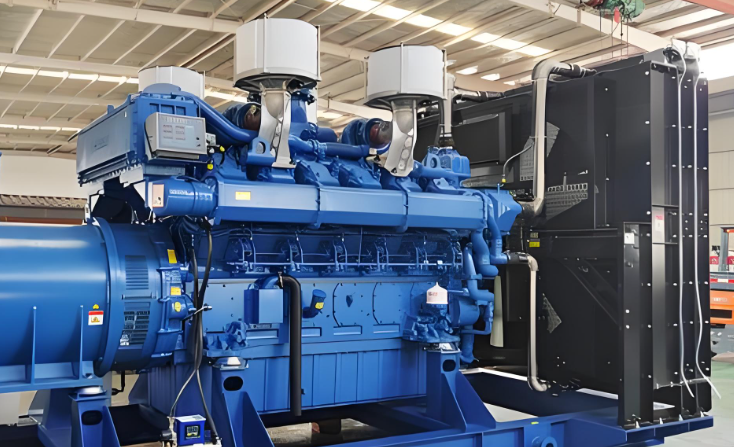Rated capacity in 200WM and above water cooling turbine generator cooling water quality standards, must be strictly in accordance with GL/T801-2010 "large generator cooling water quality and system technical requirements" for regular water quality testing.In this paper, we will introduce in detail the main testing indicators and their standard values for cooling water quality in large generators, covering four key parameters: PH value (GB/T 6904), conductivity (GB/T 6908), dissolved oxygen (GB/T 12157) and copper content (GB/T 13689).

1. PH value (GB/T 6904)
Test Method: According to GB/T 6904 standard, the determination of PH in industrial circulating cooling water and boiler water is done by precision pH meter.This method is able to accurately measure the acidity and alkalinity of cooling water to assess its corrosiveness to metal materials.
Standard range: For cooling water in large generators, the pH value should be strictly controlled between 7.0 and 9.0.Maintaining this range prevents corrosion of metal parts and ensures the effectiveness of water treatment chemicals.
2. Conductivity (GB/T 6908)
Detection method: In accordance with GB/T 6908 standard - boiler water and cooling water analysis methods Determination of conductivity, the use of professional conductivity meter can be real-time monitoring of the ion concentration in the cooling water.This helps to understand the conductivity of the water and the possible risk of scaling or corrosion.
Standard range: The conductivity of the cooling water should not normally exceed 20 μS/cm. low conductivity not only reduces the impact on the electrical insulation, but also reduces the problems of scaling and corrosion caused by high conductivity.
3. Dissolved oxygen (GB/T 12157)
Detection method: According to GB/T 12157 standard - Determination of dissolved oxygen in industrial circulating cooling water and boiler water, the dissolved oxygen analyser can be used to accurately measure the amount of oxygen dissolved in the water.Excessive dissolved oxygen will accelerate the oxidative corrosion of metal surface and affect the equipment life.
Standard Range: In closed-cycle cooling systems, dissolved oxygen levels should be as low as possible, ideally less than 0.1 mg/L. Controlling dissolved oxygen levels helps to reduce corrosion of metal parts and improve long-term system stability.
4. Copper content (GB/T 13689)
Detection method: According to GB/T 13689 standard - industrial circulating cooling water and boiler water copper determination, the use of special copper content detection equipment can quickly and accurately identify the cooling water in the copper ion concentration.High copper content may cause damage to other metal components.
Standard Range: Copper levels in cooling water should be very low, typically no more than 0.02 mg/L. Maintaining a low copper concentration prevents copper from being deposited on heat exchangers and other critical areas, which can cause problems.

Therefore, following GL/T801-2010 "Technical Requirements for Cooling Water Quality and Systems in Large Generators" and related national standards, it is very important for power companies to adopt appropriate water quality testing methods and technologies for accurate monitoring of the above four major testing indicators, namely PH value, conductivity, dissolved oxygen and copper content.The professional in-generator cooling water quality testing solutions provided by Erun Environmental Protection can help users achieve this goal, ensure the health and safety of the cooling system, and thus improve the operational efficiency and economy of the entire power generation facility.